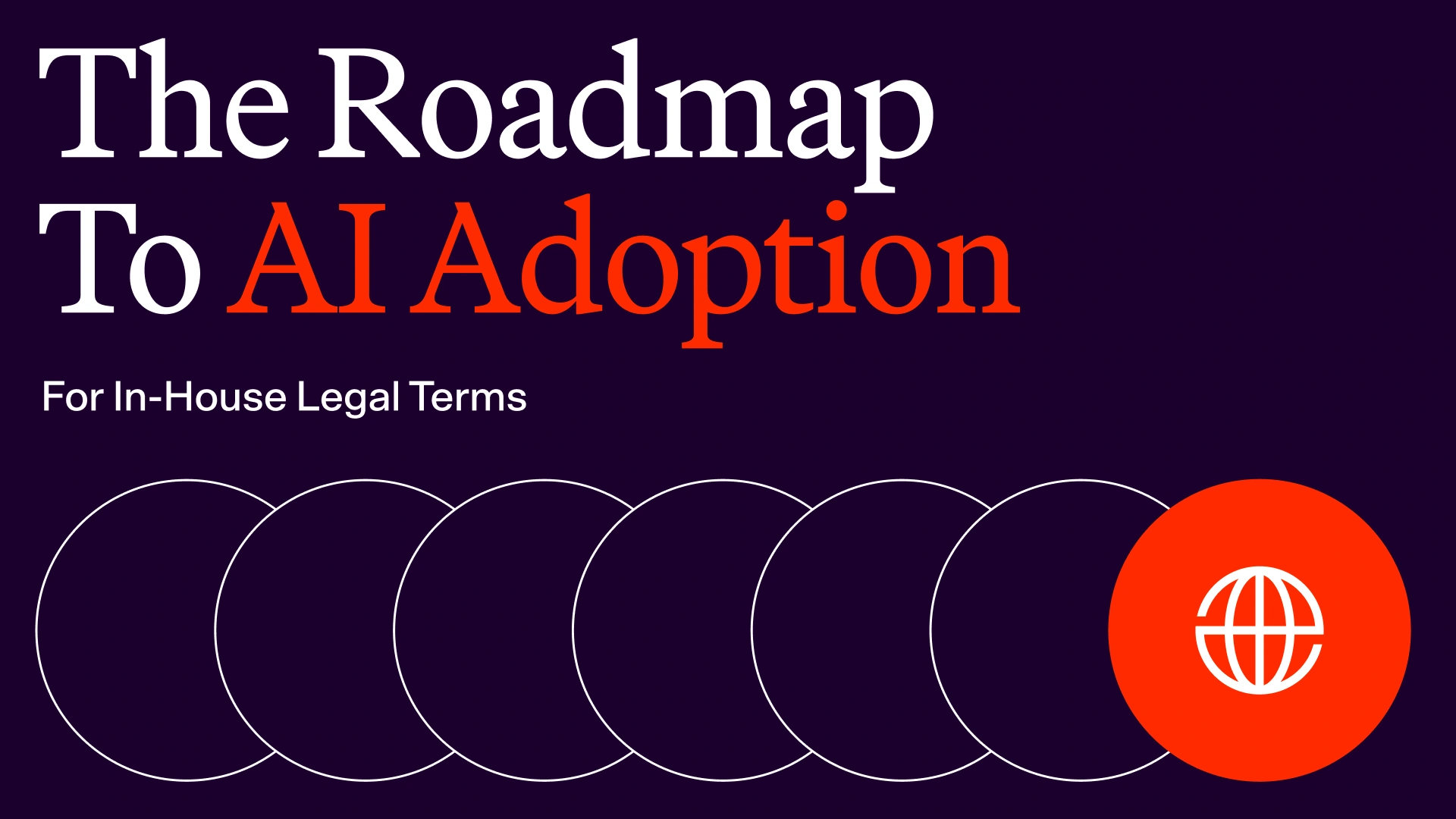Indemnification Clauses: Review and Negotiate with AI
What is an Indemnification Clause?
An indemnification clause is a key part of many business contracts. It outlines when one party must compensate the other for losses or damages. This helps manage risks and clarifies responsibilities. Essentially, it's a risk allocation tool that can significantly impact the financial obligations of the parties involved in an agreement.
For example, in a software agreement, a provider might ask the customer to cover losses if the customer misuses the software illegally.
Typically, these clauses require the responsible party to "defend, indemnify, and hold harmless" the other party. This means they must not only compensate for losses but also take on the responsibility of defending against any claims or lawsuits related to the indemnified events.
When to Use Indemnification Clauses
Indemnification clauses are versatile and can be found in various types of agreements across different industries. Some common areas where these clauses are particularly important include:
- SaaS (Software as a Service) Agreements: In these contracts, indemnification clauses often address issues such as intellectual property infringement, data breaches, or misuse of the software.
- Sales of Goods and Master Purchase Agreements: Here, indemnification may cover product defects, intellectual property infringement, or breaches of representations and warranties.
- Sales Agency Agreements: These clauses might address issues like misrepresentation of products, intellectual property infringement, or breaches of the agreement terms.
- Master Services Agreements: Indemnification in these contracts often covers breaches of the agreement, intellectual property infringement, or damages caused by the service provider's negligence.
- Construction Contracts: Indemnification clauses in these agreements might cover property damage, personal injury, or breaches of building codes and regulations.
It's important to note that the specific content and scope of indemnification clauses can vary significantly depending on the nature of the agreement, the industry, and the specific risks involved in the transaction.
Negotiating Indemnification Clauses
Negotiating indemnification clauses requires careful consideration of several key factors. Here are some important points to keep in mind:
- Scope of Indemnification: Clearly define what events or actions trigger the indemnification obligation. Be specific about what types of losses, damages, or liabilities are covered.
- Mutuality: Consider whether the indemnification should be mutual (where both parties indemnify each other) or unilateral. In many cases, a mutual indemnification clause can create a more balanced agreement.
- Limitations and Exceptions: Negotiate limitations on the indemnification obligation, such as caps on liability or exceptions for certain types of damages (e.g., consequential or punitive damages).
- Notice and Cooperation: Include provisions requiring prompt written notice of any claims and cooperation between the parties in defending against claims. This ensures that the indemnifying party has the opportunity to manage the defense effectively.
- Control of Defense: Negotiate who will have control over the defense of any claims. Often, the indemnifying party will want the right to control the defense, but the indemnified party may want some level of involvement or approval rights.
- Settlement Rights: Address whether the indemnifying party has the right to settle claims without the indemnified party's consent. If consent is required, specify whether it can be unreasonably withheld.
- Intellectual Property Claims: In agreements involving technology or creative works, pay special attention to indemnification for intellectual property infringement claims. Consider exceptions for infringement resulting from modifications or combinations with other products.
- Compliance with Laws: Ensure that the indemnification clause complies with relevant laws and regulations, including any industry-specific requirements.
- Unconscionability: Be aware of the legal doctrine of unconscionability, which can render excessively one-sided or unfair provisions unenforceable. Strive for a balanced approach that considers the relative bargaining power of the parties.
- Export Regulations: In international agreements, consider including provisions addressing compliance with export controls and trade restrictions.
AI Contract Review for Negotiating Indemnification Clauses
To give you a sense of the benefits of leveraging AI Contract Review Software trained by lawyers, we’ve selected some sample language our software presents to customers during a review of Indemnification Clauses in Master Service Agreements (MSAs). Keep in mind that these are static in this overview but dynamic in our software - meaning our AI identifies the key issues and proactively surfaces alerts based on importance level and position and provides suggested revisions that mimic the style of the contract and align with party names and defined terms.
If you’d like to see more, we invite you to book a demo.
Sample Clause Indemnification Clause
Each Party shall indemnify and hold harmless the other Party from and against any liabilities, damages, losses, and expenses, including reasonable attorneys' fees (collectively, the “Damages”), arising out of or in connection with the breach of obligations or representations and warranties under this Agreement made by such Party.
Sample Guidance for Customer Position:
The MSA should include mutual indemnification provisions that protect both parties in the event of a breach by the other party. If the agreement only requires the customer to indemnify the provider, it creates an imbalance of risk allocation. To mitigate this risk, the customer should negotiate for the inclusion of a mutual indemnification clause. This would require each party to indemnify, defend, and hold harmless the other party against claims, damages, losses, or expenses arising from their respective breaches of the agreement. By having a mutual indemnification provision, both parties share the responsibility for their actions and have a stronger incentive to adhere to the terms of the agreement.
If the provider is unwilling to agree to a fully mutual indemnification clause, the customer may consider alternative measures to balance the risk. For example, the customer could propose a more limited indemnification obligation for the provider, such as indemnification for intellectual property infringement claims or data privacy breaches caused by the provider's services.
Sample Guidance for Provider Position
The MSA's indemnification clause appears to only require the provider to indemnify the other party for liabilities, damages, losses, or expenses related to any breach of the agreement. This unilateral indemnification obligation could expose the provider to significant financial risk if the other party's actions lead to third-party claims or losses. Mutual indemnification, where each party agrees to indemnify the other for losses caused by their respective breaches, is a more balanced approach that better aligns the parties' interests and incentives.
To mitigate this risk, the provider should negotiate for a reciprocal indemnification clause that requires each party to indemnify the other for losses caused by breaches of the contract resulting from the actions or omissions of the indemnifying party and its employees and agents.
The likelihood of an indemnification claim materializing depends on various factors, such as the nature of the services provided and the other party's actions. However, given the potentially severe financial consequences of an uncapped, unilateral indemnification obligation, it is crucial for the provider to address this issue during contract negotiations.
Simplifying Your Indemnification Clause Negotiations with AI
AI-powered tools like LegalOn can help legal teams:
- Quickly spot important issues
- Give alerts based on your situation
- Suggest improvements
- Ensure you're following relevant laws
The sample AI-powered insights we've shared demonstrate how LegalOn can enhance your contract review process, making it more efficient, thorough, and aligned with best practices.
To experience the power of AI in indemnification clause negotiations, we invite you to see it in action. Book a demo today to explore how our AI-powered contract review software can transform your approach to drafting and negotiating indemnification clauses.
Experience LegalOn Today


.svg)









